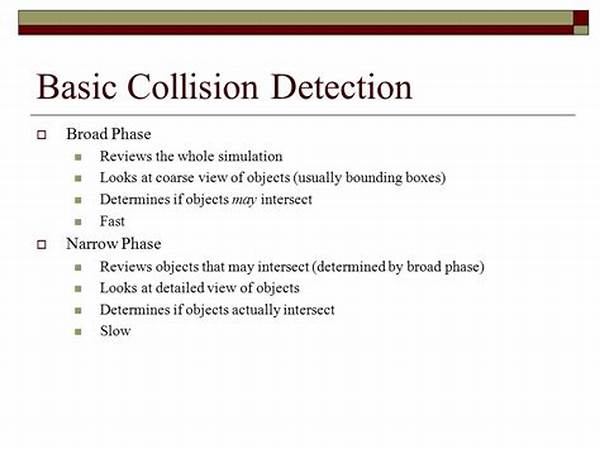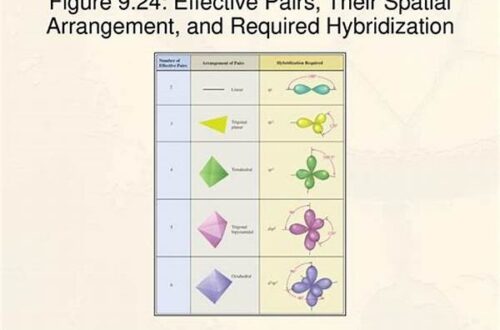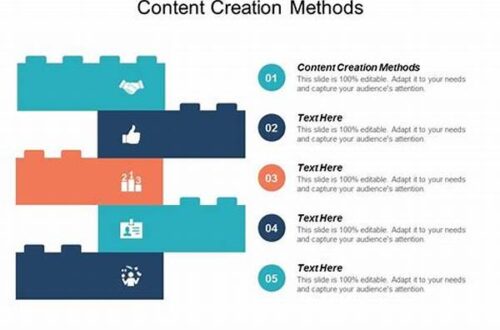Hey there, fellow tech enthusiasts! Today, we’re diving into the fascinating world of broad-phase collision detection strategies. It’s not just a mouthful; it’s an essential concept for game developers and those into physics simulations. If you’ve ever wondered how video games or simulation software handle numerous objects interacting in real-time without crashing your system, you’re in the right place. So, grab your favorite beverage, get cozy, and let’s break it down into digestible chunks.
Read Now : **dispute Resolution Engine Terms**
Understanding Broad-Phase Collision Detection
Broad-phase collision detection strategies are all about efficiency. Imagine a game or simulation filled with hundreds, if not thousands, of moving objects. Directly checking each one for a collision with every other object? Yikes, that’s going to jam more than your grandma’s printer. Instead, broad-phase algorithms exist to prune down the number of collision calculations we need to make. They work by quickly identifying possible interactions among objects and zeroing in on only the ones likely to collide. This way, the heavy lifting of precise calculations only happens where necessary.
Why care about these strategies, you ask? Well, they’re the unsung heroes keeping your games buttery smooth. A smart broad-phase setup can mean the difference between a delightful gaming adventure and a frustrating lag-fest. Plus, these techniques aren’t just for games; they’re crucial in simulations like virtual reality environments and filmmaker software where real-time interactions breathe life into digital scenes. By understanding broad-phase collision detection strategies, developers can deliver experiences that are both immersive and technically impressive.
Different games and software have different needs, hence multiple broad-phase collision detection strategies exist. Spatial partitioning, bounding volume hierarchies, and sweep and prune methods are some of the popular ones you’ll hear about. Each has a unique approach to simplifying the complex dance of interactions within a scene. Whether you’re a budding developer, an experienced coder, or just a tech aficionado, understanding these strategies provides insight into the ingenious ways technology handles complexity, delivering seamless and interactive experiences.
Key Types of Broad-Phase Collision Detection
1. Spatial Partitioning: This strategy divides the game world into smaller regions or grids. Objects are placed in these regions, making it easier to determine which are close enough to collide, reducing the number of collision checks significantly.
2. Bounding Volume Hierarchies: Here, objects are enclosed in simple shapes, like spheres or boxes. The strategy dynamically adjusts to group objects hierarchically, only performing costly calculations when necessary.
3. Sweep and Prune: This approach sorts objects along an axis, using efficient sorting techniques to identify potential collisions. As objects move, the list updates, making it perfect for dynamic environments where things are constantly in motion.
4. Dynamic Tree: Utilized to handle objects that frequently change state or position, allowing the tree to adapt dynamically. It’s particularly effective in scenarios with many moving parts, typical in interactive simulations and games.
5. Grid-Based Systems: Much like pixel grids in images, this strategy uses a grid of cells to track objects’ positions efficiently. Works well for static or slightly dynamic environments, where movements aren’t too drastic.
How Broad-Phase Collision Detection Evolved
When games were simple, broad-phase collision detection strategies were a distant thought. Original games like Pong or Space Invaders rarely needed complex interactions. But as players demanded more realism, developers had to innovate. Fast forward to today, and we’ve got games rendering massive open worlds filled with seamlessly interacting elements. Broad-phase collision detection strategies became indispensable as this demand for complexity and realism grew.
Initially, developers used simple strategies like bounding boxes to detect collisions. However, as games became more interactive and complex, these simple methods weren’t enough. The need for performance optimization led to diverse strategies like sweep and prune or bounding volume hierarchies. Today, developers can choose from various strategies to match their game or simulation’s specific requirements.
The evolution wasn’t just about keeping games smooth; it was a technological leap that influenced other fields. For instance, VR spaces require real-time feedback, where any lag could break immersion. Broad-phase collision detection strategies play an understated yet pivotal role here. By continually innovating and adapting, they’ve shaped both entertainment and practical applications.
Choosing the Right Strategy
Choosing among broad-phase collision detection strategies depends on your project specifics. Need silky smooth performance for a racing game? Consider spatial partitioning or sweep and prune, which work wonders in dynamic, fast-paced environments. Handling a complex simulation with varying object dynamics? A dynamic tree might just be what you need. It can adapt on-the-fly, managing changing scenes effortlessly.
A significant aspect often overlooked is memory usage. Depending on the chosen strategy, your game or application may require varying memory resources. Developers should weigh the trade-offs between computational efficiency and memory usage. Thankfully, modern engines and libraries offer tools and customization options to tailor these strategies further.
Moreover, broad-phase strategies aren’t set in stone. They constantly evolve with technology, so keeping an eye on the latest trends or upcoming innovations could give you a competitive edge. Networking with fellow developers, staying active in communities, and sharing insights can lead to novel ways of implementing these strategies. After all, collaboration often births innovations that reshape the industry landscape.
Real-World Applications Beyond Gaming
Broad-phase collision detection strategies may have gaming roots, but their paths stretch far beyond virtual battlegrounds. Ever used a VR headset? That’s broad-phase magic ensuring each object you interact with behaves as expected. Even roboticists use these strategies in simulating real-world environments for machines to navigate intelligently.
Films use it in CGI scenes, making sure animated elements blend seamlessly without awkward overlaps. Even fields like architecture benefit by simulating and adjusting building interactions virtually before laying a single brick.
Read Now : Surface Design Parameter Adjustments
These strategies, initially conceived for entertainment, have carved niches in diverse industries, showcasing their versatility and importance. Their application in real-world scenarios highlights how they form a bridge between virtual and tangible worlds, revolutionizing how we simulate, design, and interact across various technological landscapes.
Lesser-Known Facts About Broad-Phase Detection
1. AI Integration: Some advanced systems integrate AI to optimize broad-phase collision detection strategies, learning from player interactions and tweaking approaches real-time.
2. Adaptive Realism: By adjusting broad-phase methods, developers ensure consistent game realism, even in hardware-limited systems.
3. Cross-Platform Support: Many engines optimize these strategies to deliver quality across consoles, PCs, and mobile devices.
4. Open Source Contributions: Numerous tools and libraries empowering these strategies are open-source, bolstered by community-driven improvements.
5. Research & Development: Universities use these strategies in experimental fields, testing new physics models and simulations.
6. Dimensions Matter: The dimensionality of the game world directly influences the choice of a broad-phase strategy.
7. Hybrid Approaches: Developers often mix strategies, tailoring solutions to address unique simulation challenges efficiently.
8. Evolution of Algorithms: Continuous advancements mean today’s solutions might be outdated tomorrow, requiring ongoing learning.
9. User Feedback: Performance tuning often considers feedback from player communities to find balance and improve experiences.
10. Environment-Specific Strategies: Certain strategies are optimized for specialized environments, like underwater or zero-gravity settings.
Wrapping It All Up
In the grand tapestry of game development and simulations, broad-phase collision detection strategies might be one of the most understated threads. They quietly ensure that the virtual worlds we inhabit provide seamless, immersive experiences without breaking a sweat. As technology marches forward, these strategies will undoubtedly evolve, continuing to play a pivotal role in diverse applications.
Broad-phase collision detection strategies are the backbone of dynamic environments, and understanding them not only enriches developers’ tool sets but also enhances user experiences. By demystifying these strategies, we gain appreciation for the intricate dance happening beneath the surface of our favorite software and games. Whether you’re delving into development, utilizing these in practice, or merely curious, knowing their impact broadens one’s perspective on digital interactions.
Well, that’s a wrap for today’s exploration of broad-phase collision detection strategies! I hope this dip into the technical side of things added some knowledge to your toolkit. Don’t forget to share your thoughts, questions, or any strategies you love in the comments below. Until next time, happy coding and collision-dodging!





